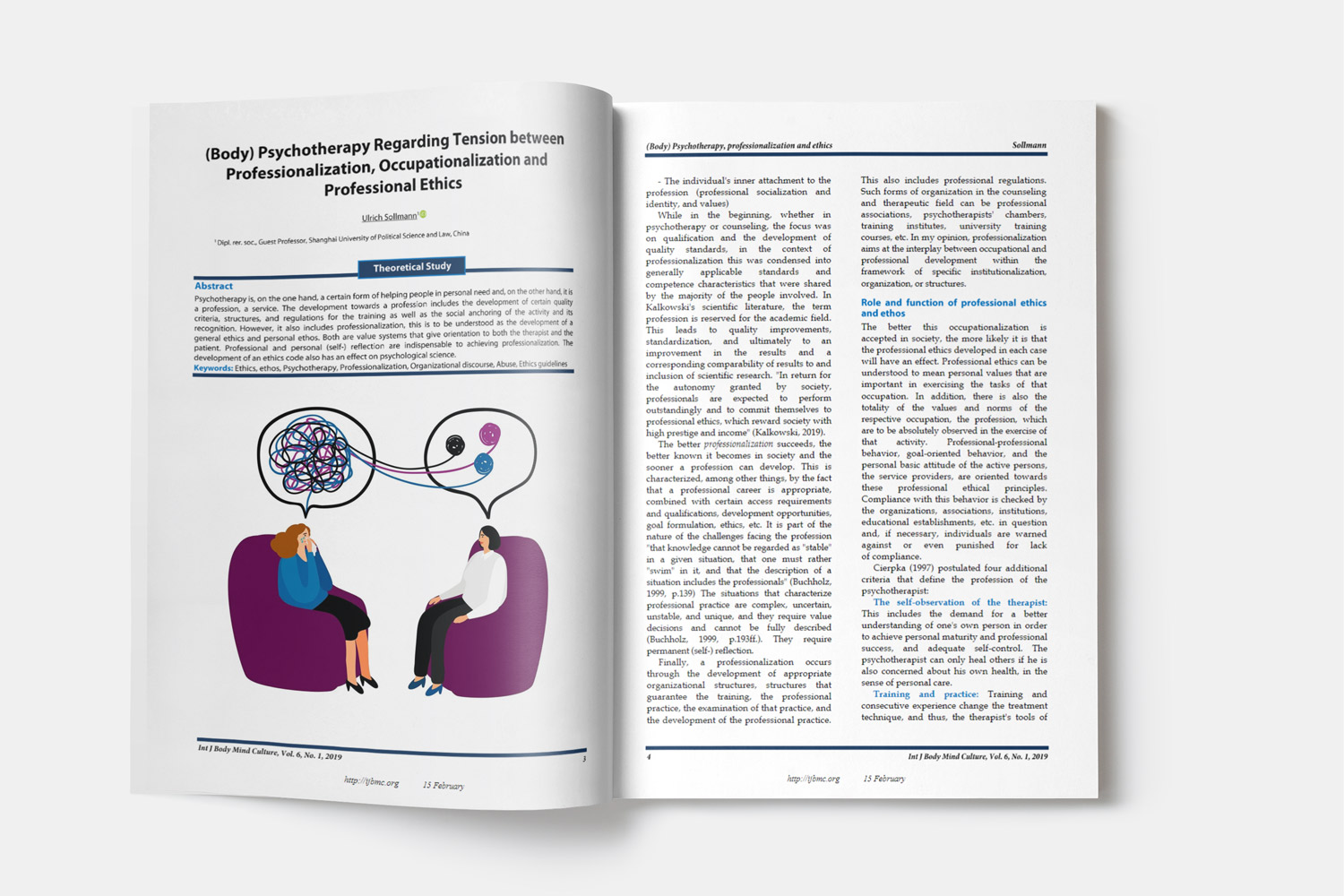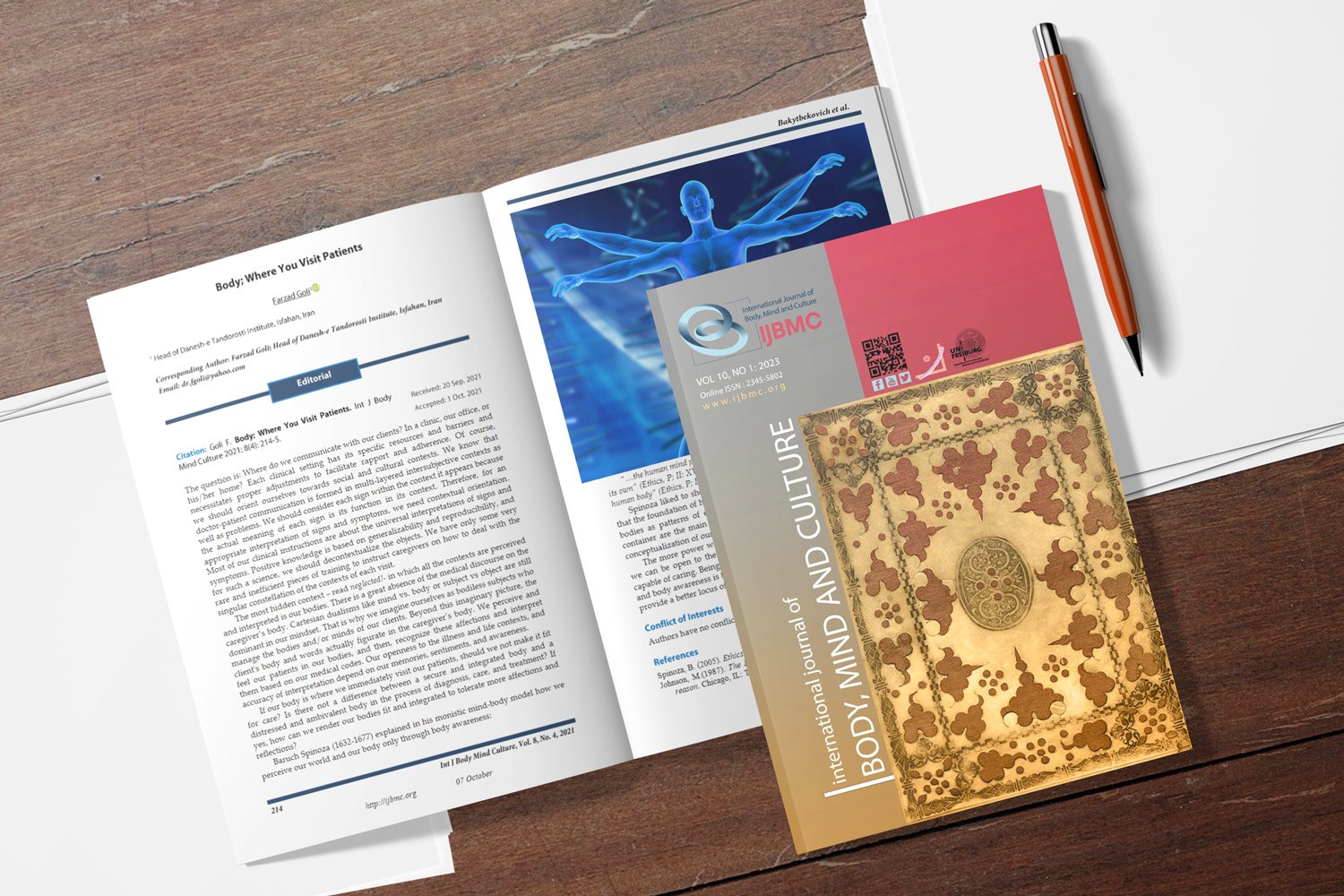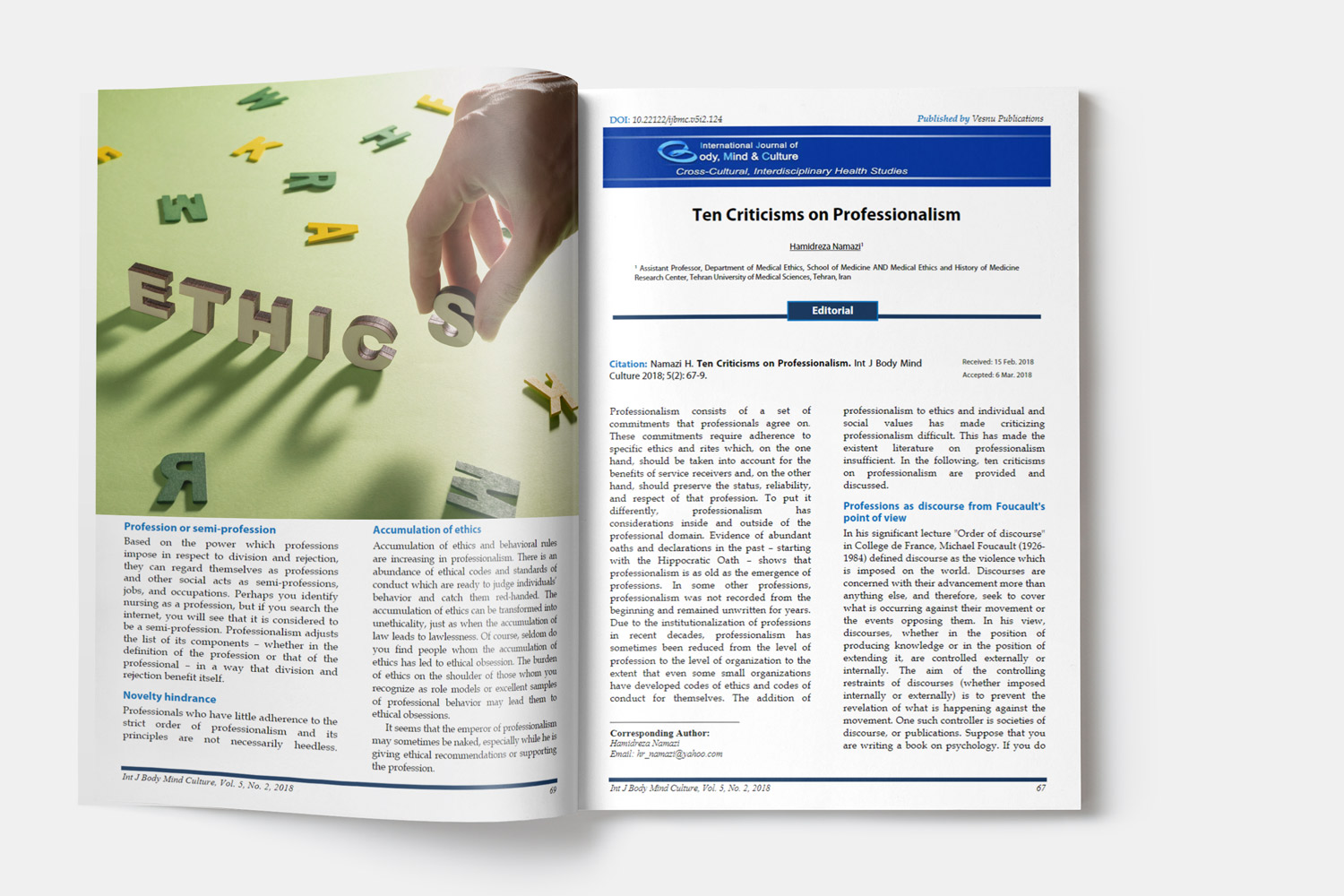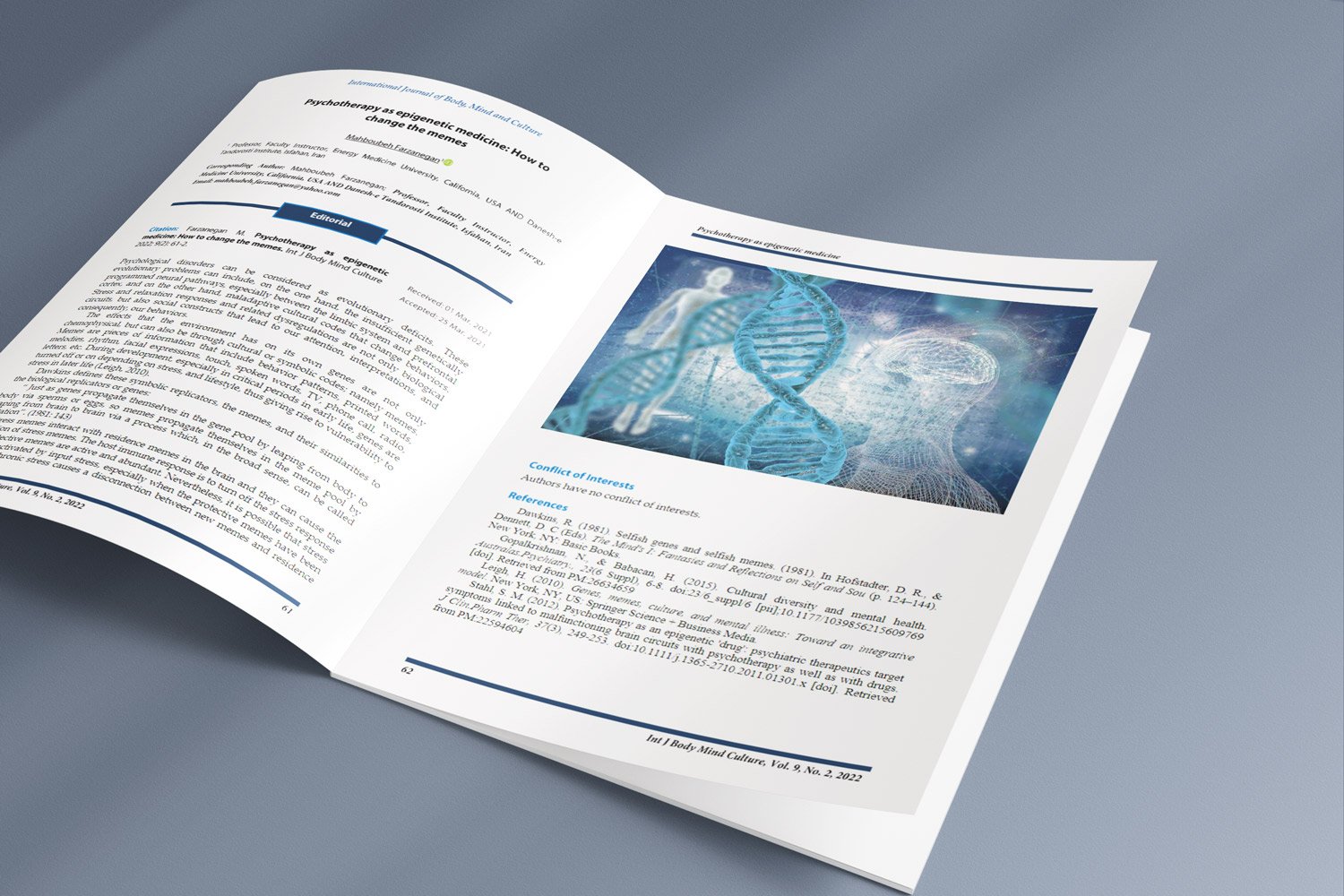Relationship of Early Maladaptive Schemas and Big Five Personality Factors with Impulsivity in Middle-Aged Women
Downloads
Background: Mental health in the middle-age period is vulnerable due to the many biological, physical, psychological, and social changes, and the consequences of these changes. Women experience more changes and complications associated with aging in this phase of life than men. The aim of the present study was to determine the relationship of early maladaptive schemas and Big Five personality factors with impulsivity.
Methods: The present study was a correlational research. The study population consisted of all middle-aged women in regions 1 and 2 of Tehran, Iran. From among them, 150 were selected through randomized cluster sampling. Subjects completed the Big Five Inventory-2 (BFI-2), Dickman's Impulsivity Inventory (DII), and the Young Schema Questionnaire-Revised (YSQ) before and after the intervention. To analyze the data, descriptive statistics (mean and standard deviation) and inferential statistics (the Pearson correlation coefficient and multiple regression) were used in SPSS software.
Results: Correlation analysis indicated that all domains of early maladaptive schema had a significant positive correlation with impulsivity (P < 0.01). Impairment limitations (Beta = 0.45; t = 33.8), self-regulation and impaired function (Beta = 0.42; t = 27.44), and disconnection and rejection (Beta = 41.0; t = 25.83) were able to predict 78% of impulse variance (R2 = 0.78; F = 7122.63; P < 0.0001).
Conclusion: The results showed that early maladaptive schemas and Big Five personality factors were significant predictors of impulsivity. Impaired limits, self-regulation and impaired performance, and disconnection and rejection were the strongest predictors of impulsivity.
Downloads
Ayers, B., & Hunter, M. S. (2013). Health-related quality of life of women with menopausal hot flushes and night sweats. Climacteric., 16(2), 235-239. doi:10.3109/13697137.2012.688078 [doi]. Retrieved from PM:22809134
Bari, A., & Robbins, T. W. (2013). Inhibition and impulsivity: Behavioral and neural basis of response control. Prog.Neurobiol., 108, 44-79. doi:S0301-0082(13)00054-3 [pii];10.1016/j.pneurobio.2013.06.005 [doi]. Retrieved from PM:23856628
Chakhssi, F., Bernstein, D., & de Ruiter, C. (2014). Early maladaptive schemas in relation to facets of psychopathy and institutional violence in offenders with personality disorders. Leg. Criminol. Psychol., 19(2), 356-372.
Estevez, A., Ozerinjauregi, N., Herrero-Fernandez, D., & Jauregui, P. (2019). the mediator role of early maladaptive schemas between childhood sexual abuse and impulsive symptoms in female survivors of CSA. J Interpers.Violence., 34(4), 763-784. doi:0886260516645815 [pii];10.1177/0886260516645815 [doi]. Retrieved from PM:27112507
Geeske Peeters, G. M., Rainbird, S., Lorimer, M., Dobson, A. J., Mishra, G. D., & Graves, S. E. (2017). Improvements in physical function and pain sustained for up to 10 years after knee or hip arthroplasty irrespective of mental health status before surgery. Acta Orthop., 88(2), 158-165. doi:10.1080/17453674.2016.1250059 [doi]. Retrieved from PM:27781564
Gurven, M., von Rueden, C., Massenkoff, M., Kaplan, H., & Lero, V. M. (2013). How universal is the Big Five? Testing the five-factor model of personality variation among forager-farmers in the Bolivian Amazon. J Pers.Soc.Psychol., 104(2), 354-370. doi:2012-33782-001 [pii];10.1037/a0030841 [doi]. Retrieved from PM:23245291
Josefsson, K., Jokela, M., Cloninger, C. R., Hintsanen, M., Salo, J., Hintsa, T. et al. (2013). Maturity and change in personality: developmental trends of temperament and character in adulthood. Dev Psychopathol., 25(3), 713-727. doi:S0954579413000126 [pii];10.1017/S0954579413000126 [doi]. Retrieved from PM:23880387
Lee, S. J., Choi, Y. H., Rim, H. D., Won, S. H., & Lee, D. W. (2015). Reliability and validity of the Korean Young Schema Questionnaire-Short Form-3 in Medical Students. Psychiatry Investig., 12(3), 295-304. doi:10.4306/pi.2015.12.3.295 [doi]. Retrieved from PM:26207121
Leppanen, V., Vuorenmaa, E., Lindeman, S., Tuulari, J., & Hakko, H. (2016). Association of parasuicidal behaviour to early maladaptive schemas and schema modes in patients with BPD: The Oulu BPD study. Personal.Ment.Health, 10(1), 58-71. doi:10.1002/pmh.1304 [doi]. Retrieved from PM:26333517
Leutner, F., Ahmetoglu, G., Akhtar, R., & Chamorro-Premuzic, T. (2014). The relationship between the entrepreneurial personality and the Big Five personality traits. Pers. Individ. Dif., 63, 58-63.
Shorey, R. C., Stuart, G. L., & Anderson, S. (2013). Early maladaptive schemas among young adult male substance abusers: A comparison with a non-clinical group. J Subst.Abuse Treat., 44(5), 522-527. doi:S0740-5472(12)00449-7 [pii];10.1016/j.jsat.2012.12.001 [doi]. Retrieved from PM:23312769
Soto, C. J., & John, O. P. (2017). The next Big Five Inventory (BFI-2): Developing and assessing a hierarchical model with 15 facets to enhance bandwidth, fidelity, and predictive power. J Pers.Soc.Psychol., 113(1), 117-143. doi:2016-17156-001 [pii];10.1037/pspp0000096 [doi]. Retrieved from PM:27055049
Stahl, C., Voss, A., Schmitz, F., Nuszbaum, M., Tuscher, O., Lieb, K. et al. (2014). Behavioral components of impulsivity. J Exp.Psychol.Gen., 143(2), 850-886. doi:2013-29647-001 [pii];10.1037/a0033981 [doi]. Retrieved from PM:23957282
Van Dyck, D., Teychenne, M., McNaughton, S. A., De, Bourdeaudhuij I, & Salmon, J. (2015). Relationship of the perceived social and physical environment with mental health-related quality of life in middle-aged and older adults: Mediating effects of physical activity. PLoS.One., 10(3), e0120475. doi:10.1371/journal.pone.0120475 [doi];PONE-D-14-32175 [pii]. Retrieved from PM:25799269
Waller, G., Meyer, C., & Ohanian, V. (2001). Psychometric properties of the long and short versions of the Young Schema Questionnaire: Core beliefs among bulimic and comparison women. Cognit. Ther. Res., 25(2), 137-147.
Zhu, H., Luo, X., Cai, T., He, J., Lu, Y., & Wu, S. (2016). Life event stress and binge eating among adolescents: The roles of early maladaptive schemas and impulsivity. Stress Health, 32(4), 395-401. doi:10.1002/smi.2634 [doi]. Retrieved from PM:25688978
Zuckerman, M., & Glicksohn, J. (2016). Hans Eysenck's personality model and the constructs of sensation seeking and impulsivity. Pers. Individ. Dif., 103, 48-52.
Copyright (c) 2020 Shahnaz Salehi Mourekani, Fakhrialsadat Khalifesoltani, Azam Yaghoubian

This work is licensed under a Creative Commons Attribution-NonCommercial 4.0 International License.















